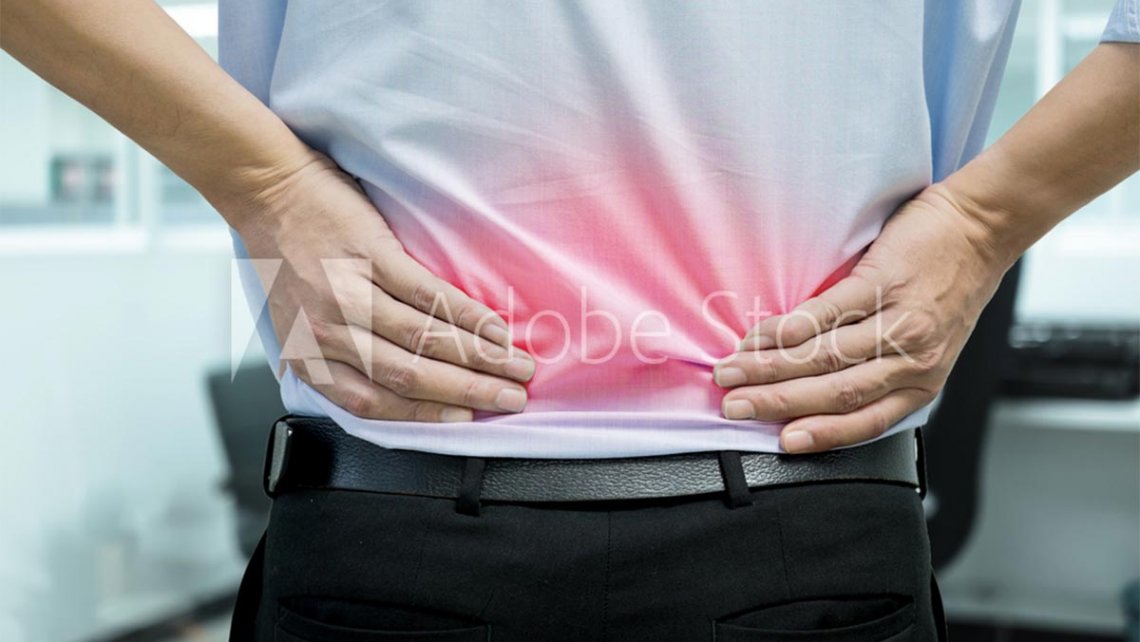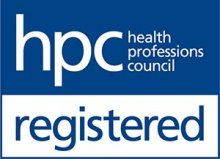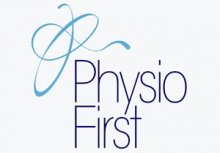You have back pain so what can you do?
Wait to see if it goes away or act immediately?
Most people experience at least one episode of back pain which can be caused by poor lifting and manual handling techniques, a traumatic episode such as a Road Traffic Accident(RTA)or poor posture compunded by protracted time sitting either at work or on long car journey. Low back ache can also occur after specific activities where lumbosacral sprains of the musculo-skeltal ligamentous complexes are the most common cause of pain.
In fact low back pain can occur for many reasons and finding the root cause is actually the most important factor in a successful outcome. It is not sufficient to merely treat the symptom, it is imperative to find the cause and concurrently assist your understanding of why the problem exists.(Parkin Smith GF et al Arch Phys Med Rehabil 2012)
Whilst back related joint or muscle sprains, casued by sudden muscle contractions, are the most common this is followed closely by symptomology as a result of disc disruption. This frequently happens as a result of sudden twisting or straightening up forceably from a bent position and is known colloquially as "sciatica".
The Wirral Sports Medicine and Physiotherapy Clinic assisted in a Data Collection Survey organised by Physio First , which is the organisation of physiotherapists in Private Practice, and as a result has very interesting anecdotal evidence highlighting the benefit of rapid intervention when any form of low back symptomology arises.
Physio First collected data from the clinic regarding a number of snap-shot surveys over a two year period. They included the low back, the neck, shoulder, knee, the over 60, and "Whiplash" These surveys were interpreted by the University of Brighton highlighting the benfit of rapid intervention and the improved outcome in all cases as a result.
That collected regarding the low back supports published material by Hill (Lancet 2011) and Chapman (spine 2012) where pain, function and quality of life together with work status/return to work were studied all extremely relevant in understanding the quality of the outcome. You want the pain to go away in the shortest possible time frame and with the least interuption to your everyday-life whatever your age so you will need the reassurance of what is wrong and what can be done to initially resolve and equally ways of preventing it coming back!!






